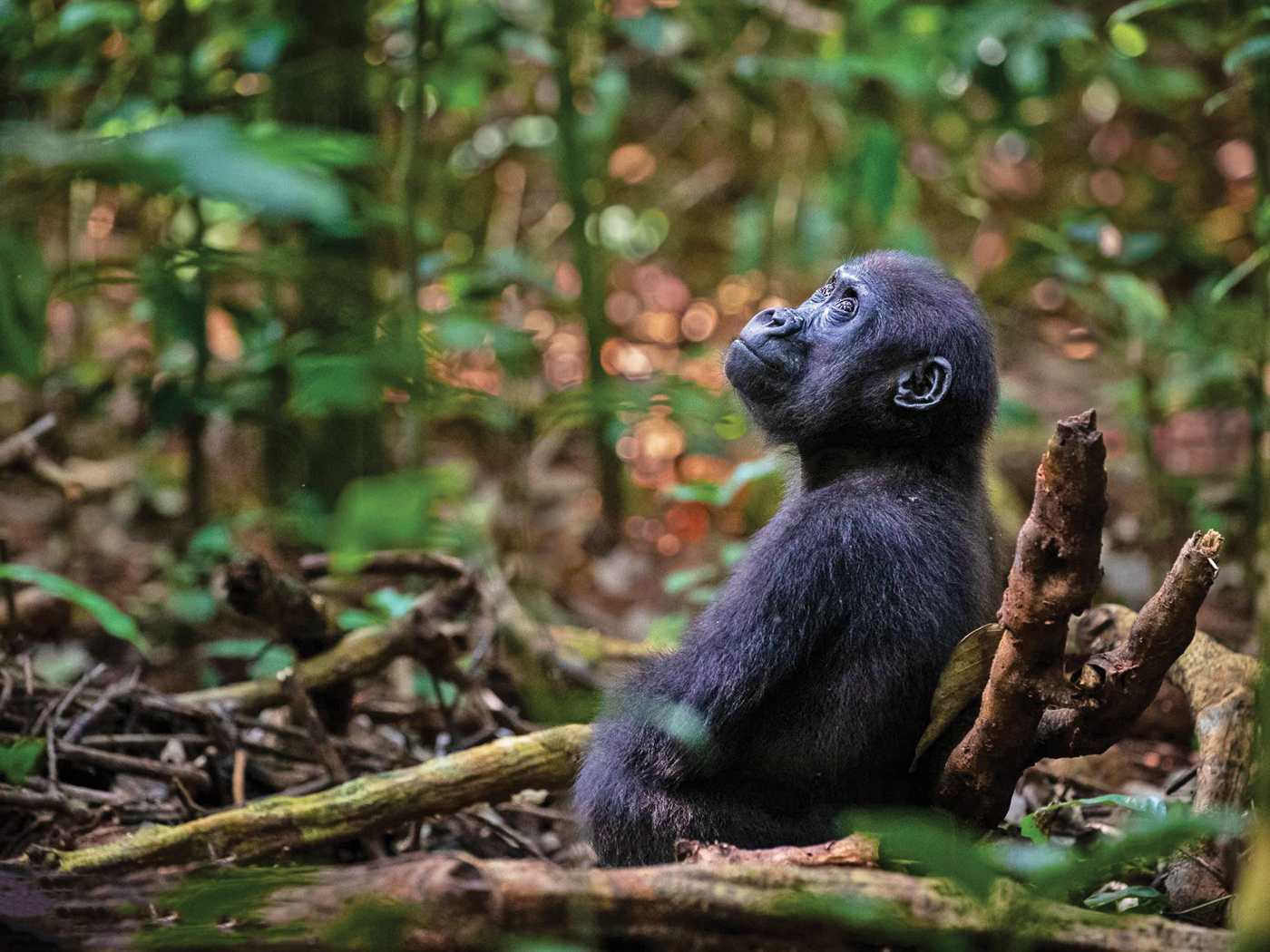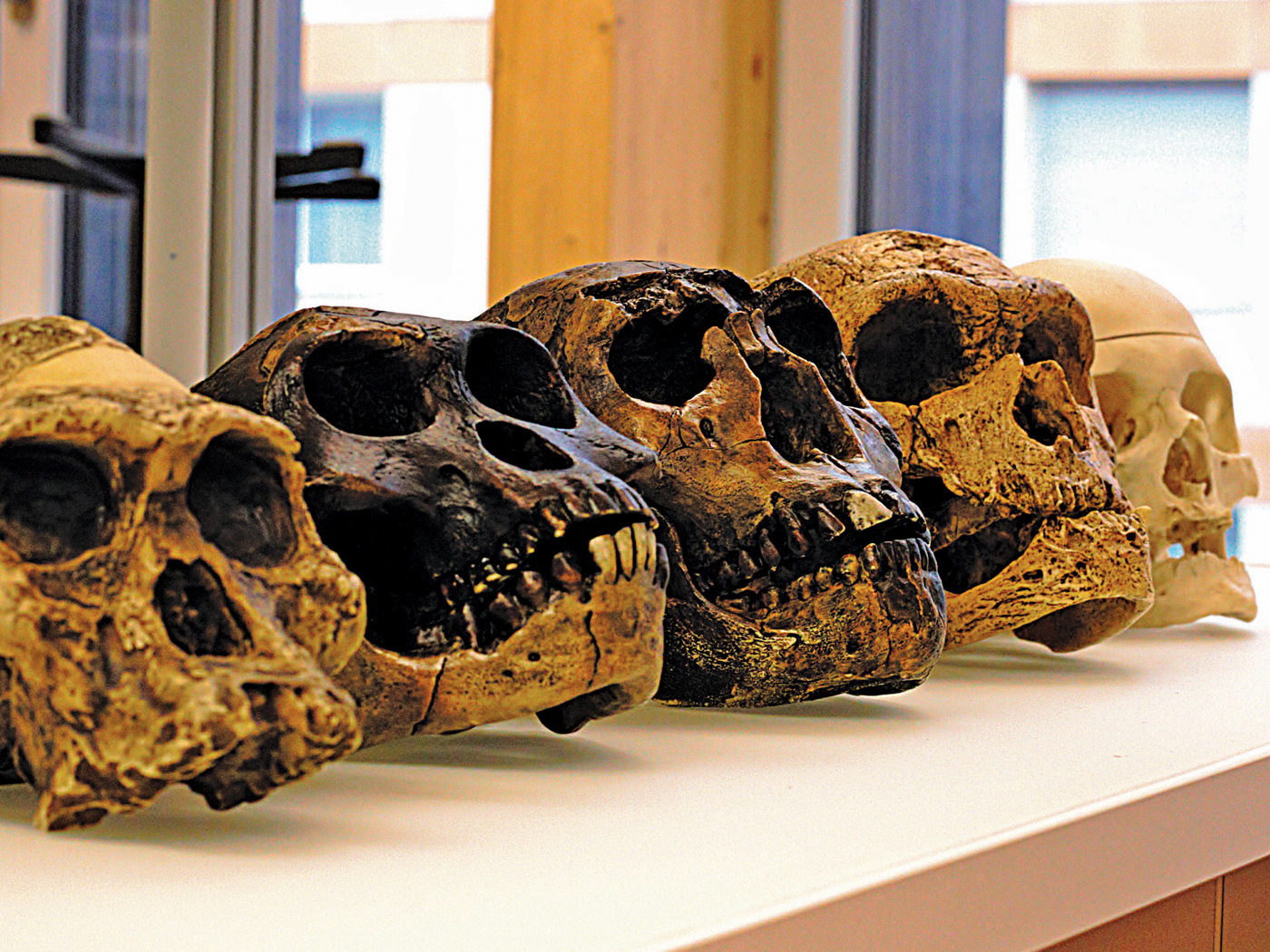Thirty days hath September,
April, June and November;
February has twenty-eight alone,
All the rest have thirty-one,
Except in Leap Year, that's the time
When February's days are twenty-nine.
So goes the nursery rhyme which helps us remember how many days are in a particular month. Why the difference? Why aren't they all the same? Wouldn't a perfect creation as described in Genesis have a more regular pattern?
The length of the month is roughly tied to the 29½ day cycle of the moon. This has led to the lunar calendar, used by many nations throughout history. The easily recognized appearance of the "new moon" facilitates its application. The Hebrew calendar employed in the Bible is a lunar calendar. Many of the Bible's historic events and/or dates for festivals are tied to the day of the lunar month or the phase of the moon.
Our modern calendar's irregularities, with months varying from 28 to 31 days, cause some confusion. Many of the months are named after Roman gods or Emperors, and some of the variety stems from less than scientific reasons. For instance, when a month was named after Caesar Augustus, he allegedly insisted it be as long as the longest month, and "took" a day from February to add to August. Many have noted that a yearly cycle would be much simpler if each month were exactly 30 days, thus in twelve months there would be 360 days. Could it have been more regular in the beginning? Did it change at the Flood?
Numerous scholars have pondered this question with no agreement, but let me call your attention to perhaps the most important hint in Scripture regarding the length of pre-Flood months. The Flood started "In the six hundredth year of Noah's life, in the second month, the seventeenth day of the month . . ." (Genesis 7:11). It "prevailed upon the earth an hundred and fifty days" (v.24). "And the ark rested in the seventh month, on the seventeenth day of the month, upon the mountains of Ararat" (8:4).
Between the second month's seventeenth day and the seventh month's seventeenth day were 150 days. Thus five months averaging thirty days each were involved. A very regular order in the "very good" (Genesis 1:31) is implied. Today's 365¼ day year must be an altered remnant of created order.
What could happen to change Earth's orbit? Its angular momentum is vast, and just like a spinning gyroscope is hard to adjust, the earth's motion resists change. It would take a mighty force to alter it.
The Bible does speak of such an event. Without giving all the details it indicates that the great Flood of Noah's day forever altered Earth's systems. If Earth's orbit has changed, this is when it happened. With the fountains of the great deep relocating a huge volume of liquid, moving continents, possible asteroid bombardment, etc., shifting the location of much mass, the length of the day, the length of the year, and the tilt of the axis could have all changed. We don't have the details as to precise amounts or forces involved, but at least we have certain knowledge of an event capable of doing the job.
Cite this article: Morris, J. 2005. In the Early Earth, Were All the Months Exactly Thirty Days Long? Acts & Facts. 34 (12).




















